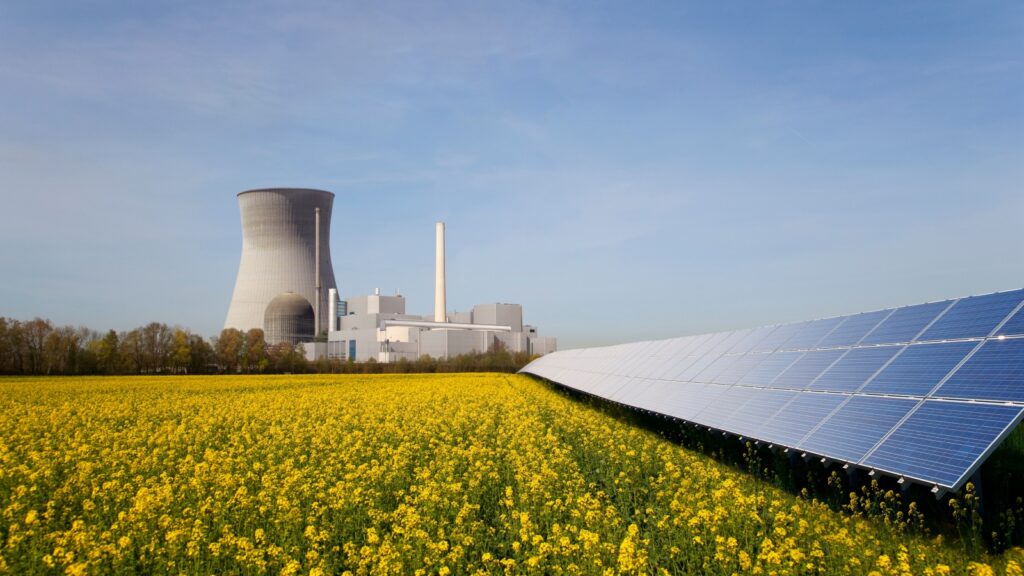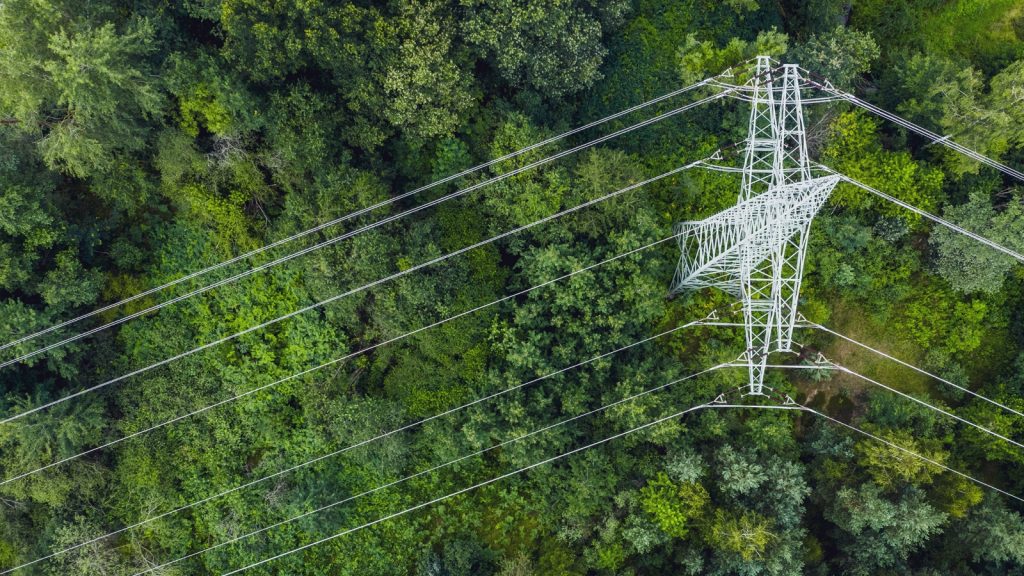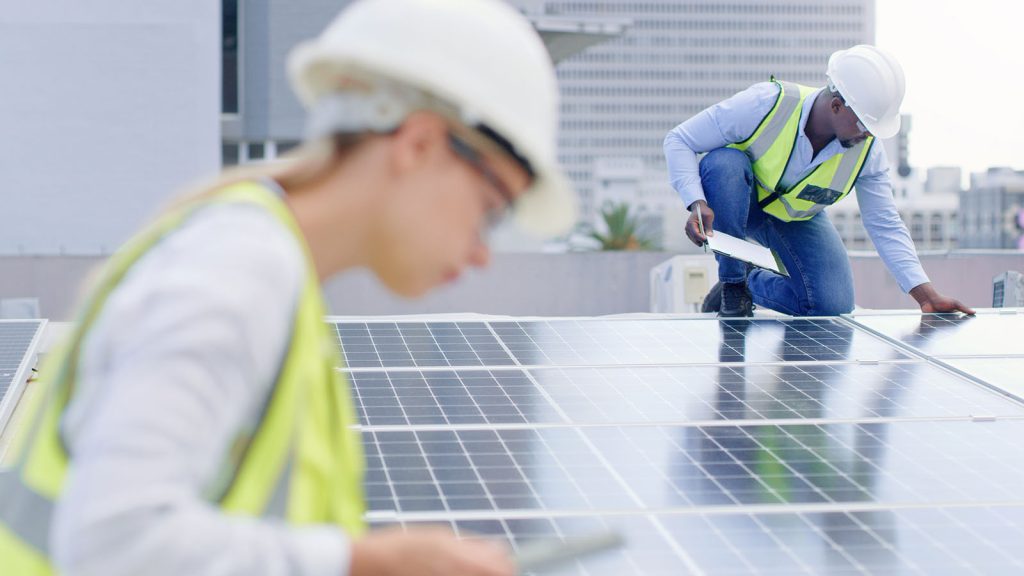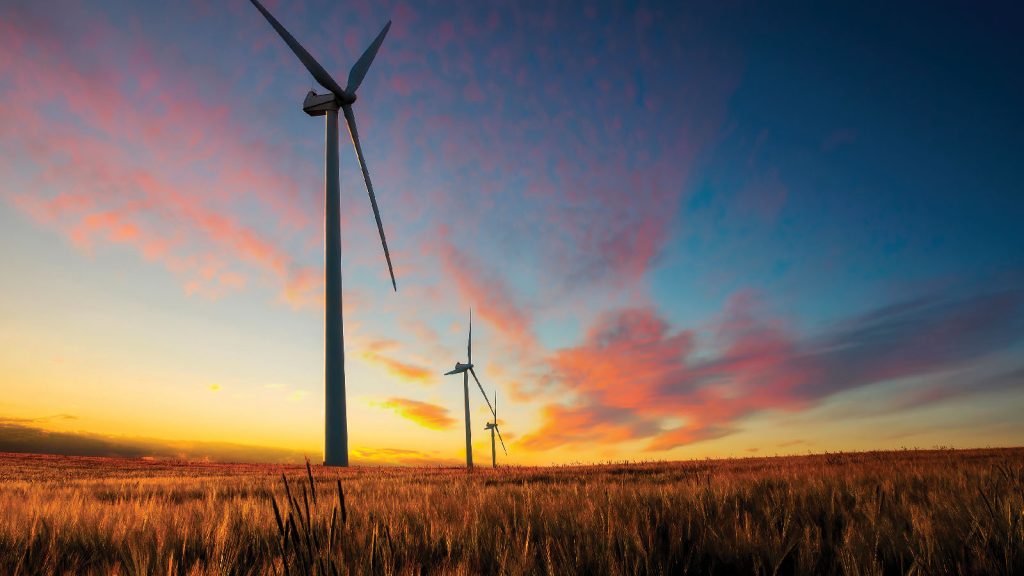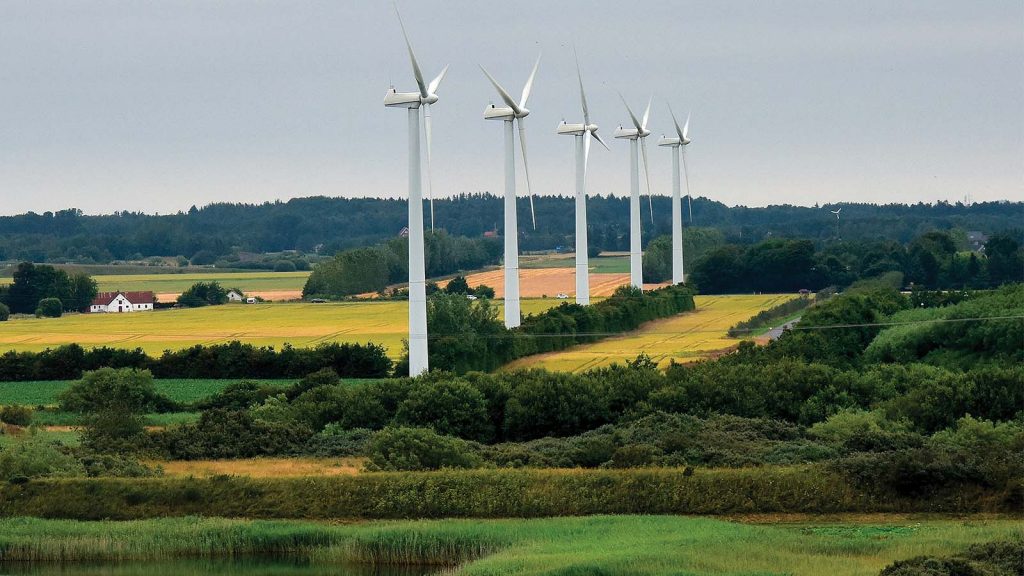
Navigating Virtual Purchase Power Agreement (VPPA) solutions
Navigating Virtual Purchase Power Agreement (VPPA) solutions
As a solution for addressing climate-related sustainability challenges, Power Purchase Agreements (PPAs) and Virtual Purchase Power Agreements (VPPAs) are attracting serious attention. The main difference between the two structures is that PPAs relate to a renewable energy infrastructure (wind or solar farm) that delivers electricity directly to an off-taker at an agreed price. In contrast, VPPAs are purely financial instruments as they are cash settled, the off-taker will pay or received the difference (or a structuration) between the fixed price and the floating price and obtain its electricity through the local market.
For many companies, VPPAs offer a flexible alternative to securing their renewable energy needs. As the electricity is not delivered to the purchaser, the renewable farm can be set-up in another region or country than the corporate. Like PPAs, VPPAs also provide the opportunity for companies to achieve decarbonisation targets through the obtention of guarantees of origin (GO) that certify that electricity has been generated from a renewable source. Increasingly, GOs are used to demonstrate compliance with renewable energy standards to regulators and investors alike. However, while VPPAs serve a real purpose to help develop renewable energy and a company’s sustainability ambitions, variables and risks must be fully considered when navigating solutions.
Clarifying the objectives
Before entering a VPPA contract, it is very important that the management team clarifies the objectives that they are trying to achieve. Some of those questions can be : Is it to secure energy prices or to obtain GOs over a long period without too much volatility in the financial statements ?
The answers to those questions will determine some aspects of the contract and especially the price structure (e.g. fix for floating or market following).
Understand and quantify risks
While VPPAs offer the potential for long-term savings and stabilised electricity prices, there are financial risks to take into account. Fluctuations in energy markets and variability in project performance can significantly impact the economic viability of those contracts. It’s essential, for example, to consider that energy production levels are affected by weather patterns or infrastructure maintenance. Since the VPPAs are in fact an exchange between a floating price, than can be quoted every 15min, and a fixed price, the volatility of electricity market prices will significantly impact the cash settlements through the duration of the contract.
The company needs to model the major risk factors that are production and price. For the latter, there is a difficulty as electricity forward prices are not available after 3-5 years, therefore there is a need to build a longer forward curve to price the 10-20 years of the contract. Factoring in the concept of periodicity to assess whether the company’s peak electricity usage time is during the day or evening is a further variable. To avoid adverse correlation problematics, careful analysis and modelling of energy spikes and volatility are essential to guard against unforeseen costs and market uncertainty.
Dealing with accounting impacts
Accounting for VPPAs is a further consideration. As VPPAs are cash-settled, they are considered as a derivative under IFRS9 and cannot benefit from own-use exemption. Therefore, the VPPA contract needs to be booked at fair-value in the balance sheet. This is where the corporate will probably need quantitative experts to price such contracts. The accounting qualification of the derivative will notably depend on its price structure. A fix-for-float contract could allow for a cash-flow hedge treatment, but a market following contract will be qualified as a trading derivative as it contains a put option.
Customise contract negotiations
Once an assessment of the variables and a clear risk perspective have been achieved, the next step is to negotiate or, in some cases, challenge and renegotiate the VPPA structure and contract components. Transparency and collaboration are paramount to understanding the VPPA’s main impacts on the company. At this stage, it’s crucial to get key stakeholders, including top management and relevant leaders from finance and sustainability, around the table to gain acceptance that the contract reflects the level of impact on financial accounts. Involving developers at this stage can also help. In addition to navigating strategic and quantitative challenges, a customised approach that focuses on specific, rather than general, company impacts helps to underpin understanding of VPPA benefits and challenges.
Post-contract steps
VPPAs are long-term contracts where the performance optics are not always clear or immediately visible. This means that training to deal with variables during the contract’s lifetime is needed to help smooth impacts encountered throughout the VPPA’s life. Training with experts offers a pragmatic approach, providing the necessary levers to deal with evolving situations.
In conclusion, VPPAs offer a flexible and sustainable alternative for companies to secure their renewable energy needs. However, navigating VPPA solutions involves careful consideration of variables and risks, such as energy production and consumption profiles, the economic landscape, market volatility and liquidity.
Companies must also be aware of the accounting impacts of VPPAs and assess risks earlier in the pre-trade contract negotiation process to avoid post-trade problems.







